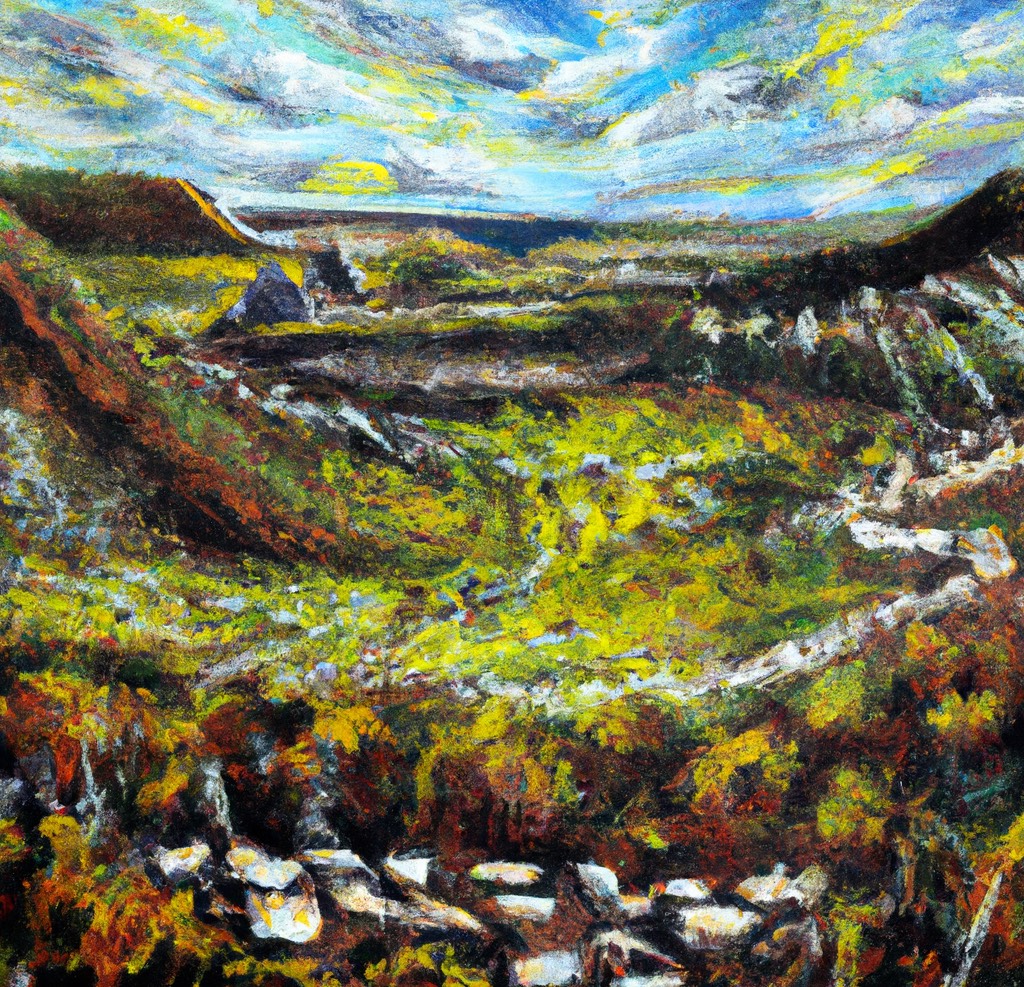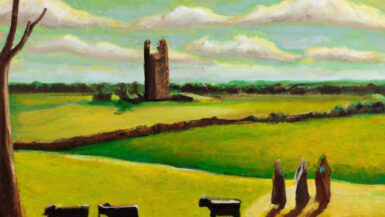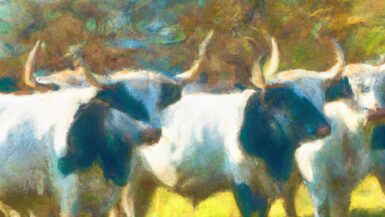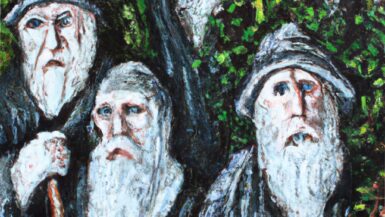Following the Bronze Age, Ireland embarked on a new epoch known as the Iron Age, beginning around 500 BC. This era, distinguished by its dominant use of iron for tools and weapons, heralded significant societal, architectural, and cultural advancements. Most notably, the Iron Age marked the arrival of the Celts, leaving an indelible mark on Ireland’s history.
Iron: The Metal that Transformed a Culture
The Iron Age, as the name suggests, was characterized by the introduction and proliferation of iron.
- Superiority of Iron: Iron, once smelted and shaped, was harder and more durable than bronze, making it a preferred choice for a range of items from household tools to weapons of war.
- Sources and Smithing: Ireland, rich in bog iron, became a focal point for extraction. The blacksmiths of the era developed techniques to smelt and forge iron, producing items of both utility and artistry.
Hillforts: The Architectural Marvels of the Iron Age
During the Iron Age, Ireland saw the rise of hillforts—fortified settlements predominantly situated on hilltops.
- Strategic and Defensive: These forts, often encircled by earthen or stone walls, served as defensive structures. Their elevated positions provided strategic advantages against potential invaders.
- Centers of Authority: Beyond their defensive purpose, hillforts were likely symbols of power and control. They might have been residences of local chieftains or places of communal gathering.
- Prominent Examples: Dun Ailinne in Co. Kildare and Emain Macha in Co. Armagh are two iconic hillforts that underscore the era’s architectural prowess.
Artistic Flourish: Iron Age Aesthetics
Art didn’t take a back seat during the Iron Age. Instead, it saw an evolution in style and medium.
- Metalwork Masterpieces: With iron and other metals like gold being prevalent, metalwork items often bore intricate designs. The famed Broighter Gold Hoard, discovered in Co. Londonderry, is a testament to the era’s ornate craftsmanship.
- Stone Carvings and Sculptures: Stone continued to be a favorite medium for artistic expressions, with numerous carvings and sculptures echoing Celtic influences.
The Celts: A Formidable Influence on Iron Age Ireland
The Iron Age in Ireland is closely intertwined with the Celts, a group of Indo-European tribes.
- Arrival and Settlement: While the exact timeline of the Celtic arrival in Ireland is debated, their influence during the Iron Age is undeniable. Migrating from Central Europe, the Celts brought with them a distinct culture, language, and artistry.
- Celtic Language: The Celts were speakers of early Irish, from which modern Irish (Gaeilge) has evolved. Their linguistic impact laid the foundation for Ireland’s rich oral and written traditions.
- Religious Practices: The druids, often associated with the Celts, were religious leaders and advisors. Sacred groves, ritualistic ceremonies, and the festival of Samhain (a precursor to modern-day Halloween) were hallmarks of their spiritual practices.
Social Structures: Chiefs, Warriors, and Craftsmen
The societal fabric of Iron Age Ireland was multifaceted, reflecting a range of roles and hierarchies.
- Chieftains and Kings: Local rulers or chieftains, often residing in hillforts, wielded power and authority. Over time, powerful kings emerged, controlling larger territories.
- Warrior Class: With the advent of superior iron weapons, a distinct warrior class rose to prominence. Their role wasn’t just defensive; they were also central to power dynamics and territorial disputes.
- Craftsmen and Artisans: Specialized craftsmen, particularly blacksmiths, were crucial to Iron Age society. Their ability to forge tools, weapons, and artistic items made them invaluable.
Economy and Trade: Beyond the Island’s Shores
The Iron Age wasn’t an era of isolation for Ireland. Economic activities and trade flourished.
- Agriculture and Livestock: As in previous ages, farming played a central role. Iron tools enhanced agricultural productivity, while livestock breeding remained a staple economic activity.
- Trade Networks: Iron Age Ireland engaged in trade with neighboring regions. Goods, metals, and even ideas were exchanged, connecting Ireland to a broader European network.
Navigating through Myths and Reality
The Iron Age, being on the cusp of recorded history, often blends facts with myths. Legendary tales, like those of Cú Chulainn and the Red Branch Knights, while rooted in this era, are interwoven with folklore, adding a layer of mystique to this already fascinating period.
In unraveling the intricacies of the Iron Age in Ireland, one encounters a vibrant tapestry of innovations, cultural exchanges, and societal evolutions. From the iron-smithing hearths to the imposing hillforts, and from the enigmatic druids to the spirited Celtic warriors, the Iron Age stands as a dynamic and transformative chapter in Ireland’s vast historical saga.






Leave a reply